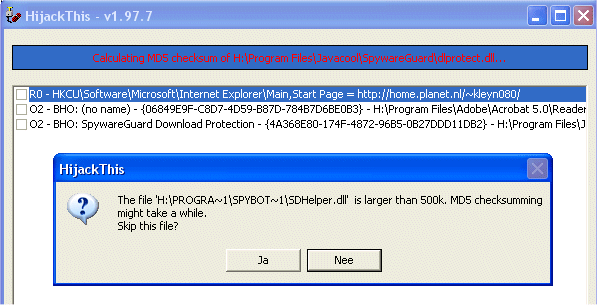
#Autoprompt skip prompt code
The prompt details auto text code on the left was set to display All/None for the Year prompt if the user provided no answer. The following sample is from the same document as above, except that the Region prompt has been answered and the Year prompt has not. An unanswered filter definition prompt displays as "All" because the report is not filtered so all the objects appear on the report. For example, an unanswered object prompt displays as "None", because no objects are selected. Whether the word "All" or "None" displays depends on the type of prompt. You can select pre-defined text, or you can choose to display nothing at all. You can choose what to display when a prompt is not answered. The Region and Year prompts were answered in the previous example, but sometimes users do not answer all the prompts. Since both datasets contain the same prompt on Region, that prompt is only displayed once. Notice that although the dataset reports contain three prompts, only two are displayed. The prompt title is specified when the prompt is created (Region prompt and Year in the example below), and the index is a number indicating the order of the prompts in the dataset reports (Prompt 1 and Prompt 2 below).

The document contains a prompt details auto text code, which is configured to display the prompt titles and index. Regional Revenue contains the Year and Region attributes, and the Revenue metric. For more information on the levels of inheritance, see Levels of auto text code configuration.įor example, a document contains these two dataset reports:Ĭustomers per Employee contains the Region attribute and the metrics Count of Customers, Employee Headcount, and Customers per Employee. If you are configuring all the auto text codes in the document, the setting is inherited from the report setting. If you are configuring the auto text codes in a specific text field, the setting is inherited from the document setting. The resulting report, which you can use as a dataset report, can display or omit the prompt details from the original report (the report that you drilled on).įor the prompt title and attribute name settings, you can also choose to inherit the setting instead. An unused prompt occurs when you drill on a Grid/Graph that contains a prompt.

For information on browse forms, see the Project Design Guide. The browse form of the attribute, which is displayed when a user answers the prompt, is used to display the attribute elements in the prompt details auto text code. Repeat the attribute name for each prompt answer (for example, Region = North, Region = South) The options are:ĭisplay the attribute name (for example, Region)
#Autoprompt skip prompt how to
Whether and how to display the attribute name for any attribute element list prompts in the document. An unanswered filter definition prompt displays as "All" because the report is not filtered and therefore all the objects appear on the report. The text to display when a prompt is unanswered. Whether the prompt title and index (a number indicating the order of the prompts in the dataset report) are displayed.


The report prompt details auto text code displays the prompt information for all prompts in the document. Configuring the report prompt details auto text codeĪuto text codes are document or dataset variable information.


 0 kommentar(er)
0 kommentar(er)
